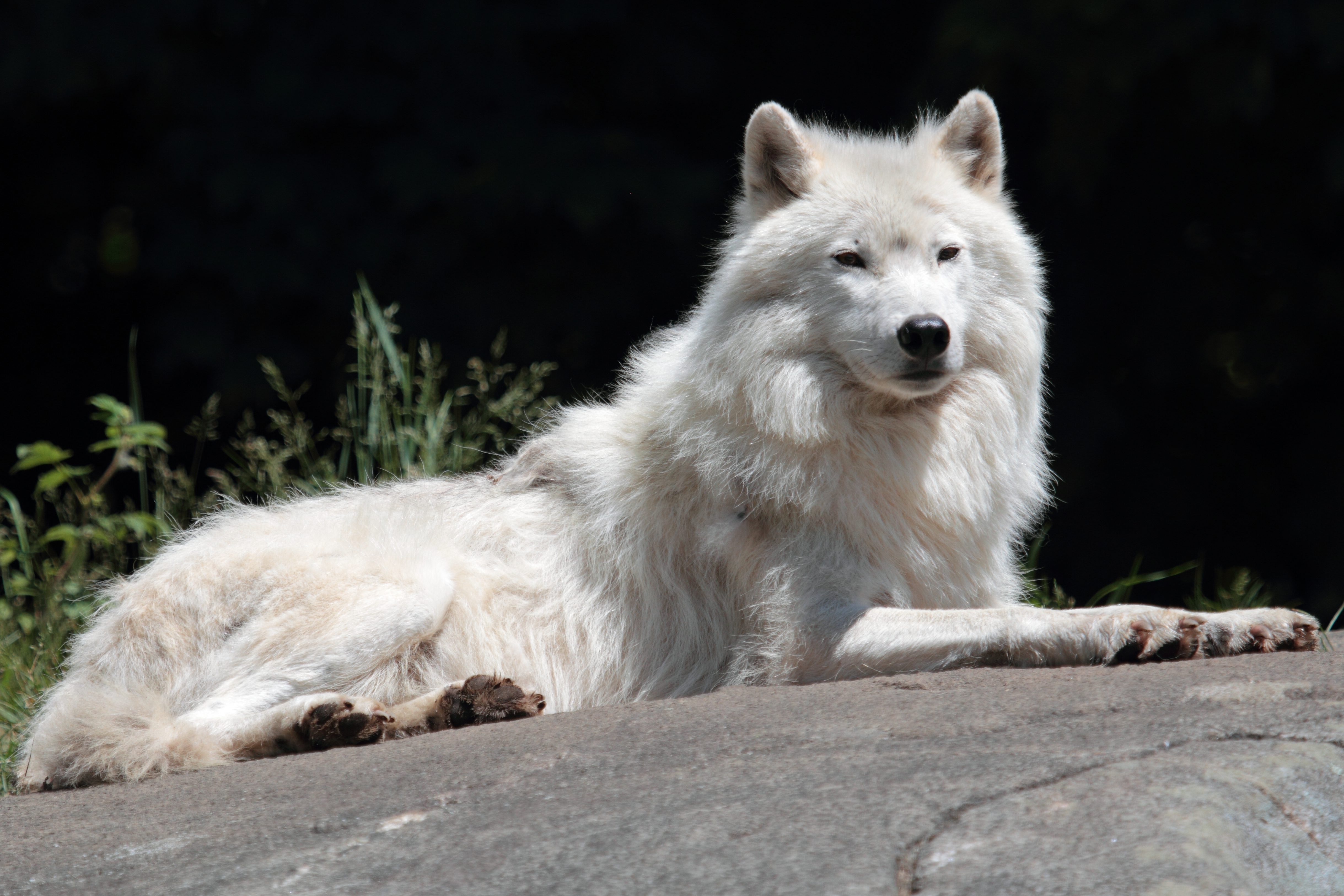Top Ten Fascinating Insights into the Evolutionary Path of Dog Domestication
Dogs have been humanity's steadfast companions for thousands of years, yet the journey from wild wolf to domesticated dog remains a captivating enigma. This evolutionary tale is not merely a story of biological transformation but also a narrative of mutual adaptation and cultural evolution. Our fascination with dogs is rooted in their diverse roles—hunters, herders, guardians, and companions. Understanding their domestication offers insights into human history, societal development, and the intricate dance of co-evolution. This article embarks on a journey through the top ten fascinating insights into the evolutionary path of dog domestication, exploring genetic, archaeological, and anthropological perspectives that illuminate the profound bond between humans and dogs.
The Genetic Footprint: Wolves to Dogs

The genetic divergence between wolves and dogs marks the initial step in the domestication process. Studies reveal that domestication began over 15,000 years ago, although some evidence suggests it may have started even earlier. Geneticists have identified specific markers that distinguish domestic dogs from their wild ancestors, highlighting changes associated with reduced aggression and increased sociability. These genetic shifts were not random; they were influenced by human selection for particular traits that facilitated coexistence. The evolving genome of dogs reflects a complex interplay of natural and artificial selection, offering a window into the early stages of domestication and the mutual benefits that arose from this unique partnership.